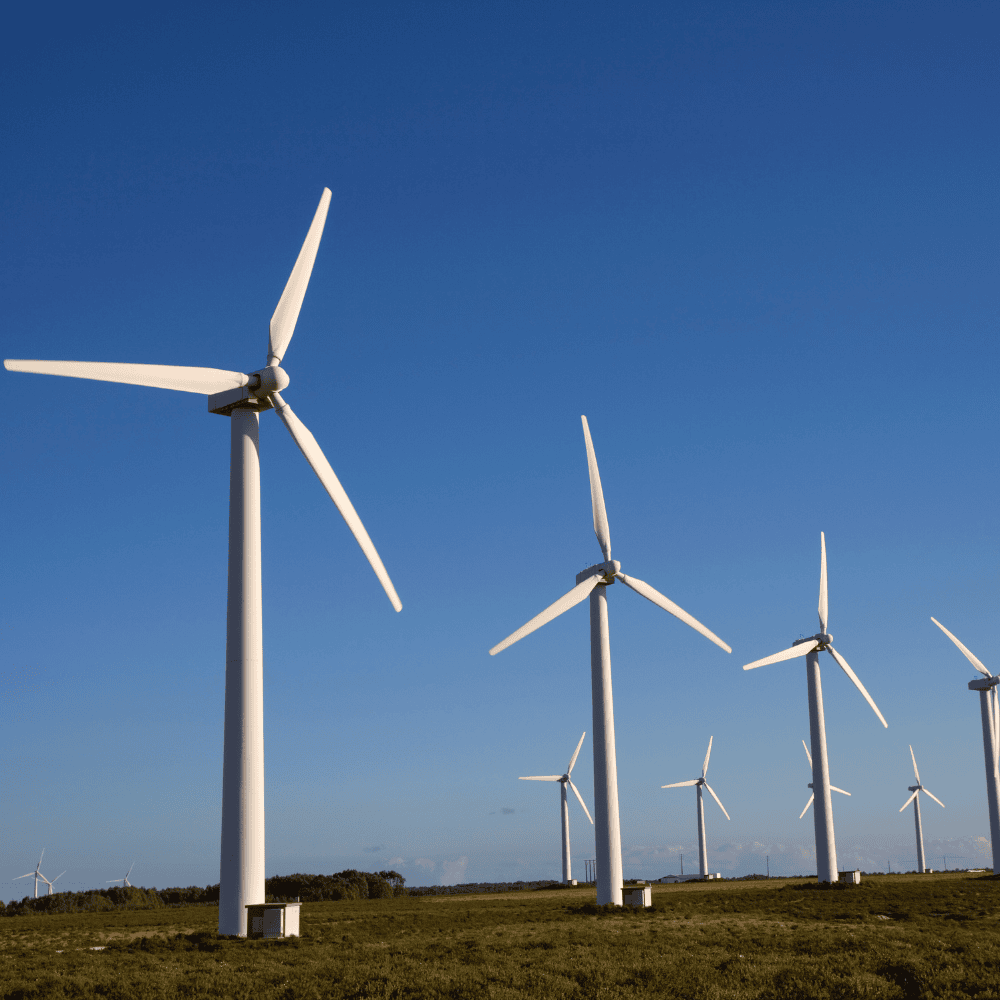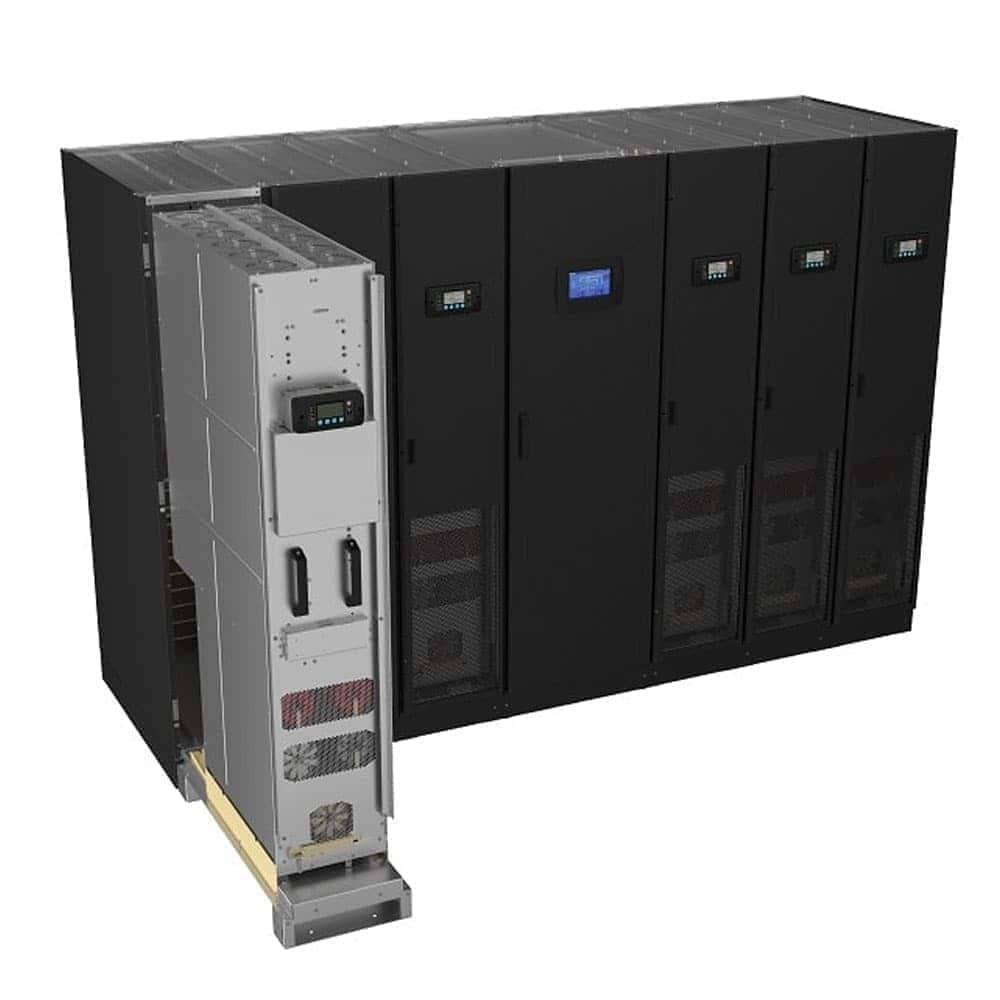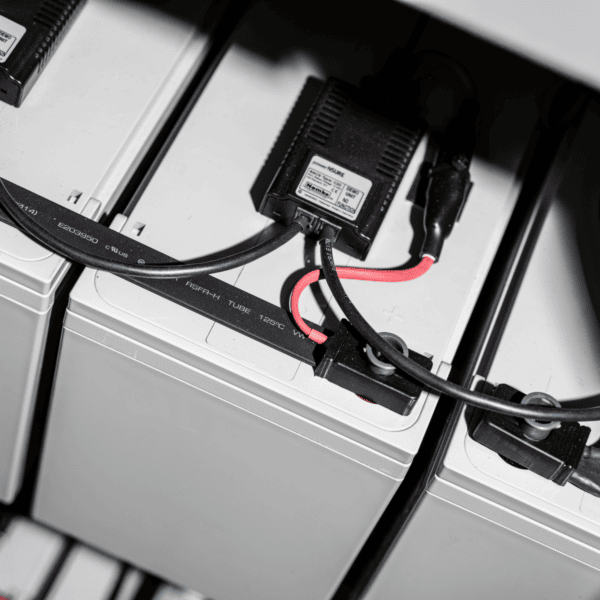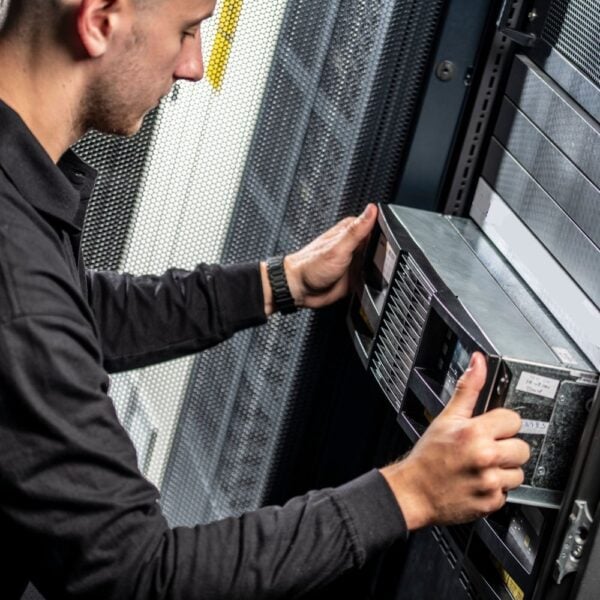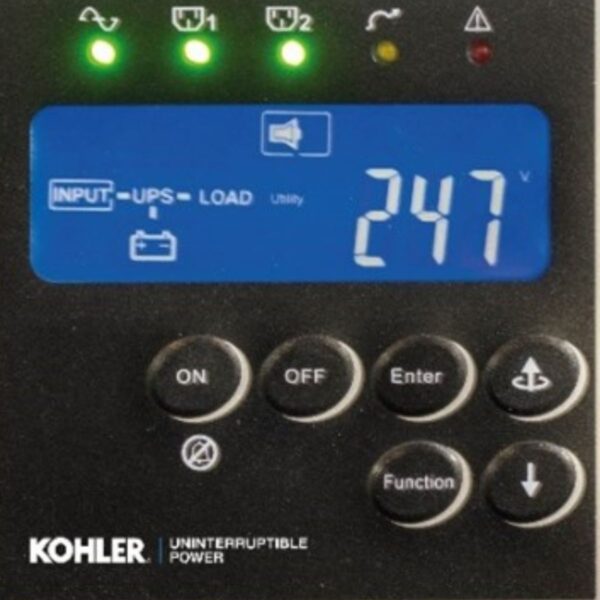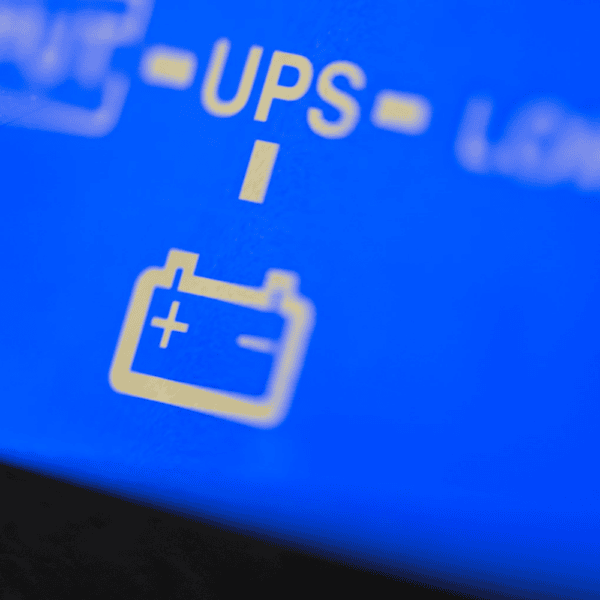KUP’s uninterruptible power supply systems power some of the most critical data centres, servers, IT equipment and production processes in use today. Within these environments, energy management is critical. Running costs must be minimised without compromising resilience. This blog explores ecomode; the pros and cons of this special mode, and how equipment can operate at the highest possible levels of efficiency.
What is Eco-mode on a UPS System?
Also known as ‘economy’, eco-mode is a special UPS operating mode offering enhanced energy efficiency. Capable of delivering efficiency up to 99 percent, eco-mode sees the bypass line (raw mains supply) power the load, with the inverter powered but remaining off as long as the mains is in tolerance. It is similar to the basic operating mode of an offline UPS, where the inverter is on standby and ready to switch on if there’s a power problem.
The disadvantages of using Eco-mode with UPS
When there’s an issue with the mains supply, the load experiences a fractional break in supply, while the UPS system’s automatic bypass switches back to the inverter. This short break in continuous power is the main drawback to using eco-mode, particularly for facilities with sensitive equipment, such as data centres. Here the break in supply can trigger a reset or restart in equipment, which may then take a significant time to come back into service, even if the power break itself was fleeting. In comparison, if the UPS is being used on a site with a relatively stable mains supply and to support equipment that is not affected by a short break, (for example a process room air conditioner that will restart at the same setting it was on before the break), then the 1-2% extra energy savings of eco-mode may be worth consideration.
However, another disadvantage of pure eco-mode is the lack of power conditioning that would be provided by operating in continuous online mode. In that mode, all power to the load goes through the UPS and in doing so the power voltage and frequency are stabilised and conditioned. Transient brownouts (voltage drops) or spikes (voltage peaks), and variations in frequency caused by mains anomalies can damage electronic equipment or cause undesirable and time-consuming resets and restarts in a similar way to short power breaks.
It is useful therefore to consider that UPS efficiency is based on how much of the original incoming power is needed to operate the UPS. For example, an older uninterruptible power supply with a 94% efficiency rating will transfer 94% of the original input power to the load and connected systems, whilst the remaining 6% will be “wasted” running the UPS and usually emitted as heat. This extra heat will usually then also have to be dealt with, further increasing facility cooling costs. For this reason leading UPS manufacturers such as KOHLER have invested significantly in improving energy efficiency of UPS operating in continuous online mode. Innovations include advances in the components used, such as fast switching, high efficiency IGBTs (insulated gate bi-polar transistors), high efficiency cooling fans and auxiliary power supplies, improvements in modulation and passive filtering and physical changes such as busbar layout and materials. These have taken the online mode efficiencies of best-in-class products such as the KOHLER PW 9250DPA and KOHLER MF Series to 97.4%, very close to what eco-mode might have historically delivered but without its disadvantages.
The KOHLER MF Series
When is it appropriate to use UPS Eco-mode?
On balance, most data centres and other mission-critical sites are understandably reluctant to operate their UPS systems in eco-mode, as the trade-off in resilience and power quality is not worth the potential energy saving. Instead they prefer to select more modern equipment that has higher energy efficiency when operating in the most protective continuous online mode. Only where utility supply is relatively stable, the load generates low harmonics (so isn’t sensitive to mains interference) and where supported equipment can easily handle a fractional break will operators look more favourably on operating in eco-mode.
Is there a better way to save power on your UPS without Eco-mode?
A compromise that is being adopted by many sites is to use smart management of modular UPS systems. Modes such as KUP’s “XTRA VFI Mode” focus the current load across the smallest number of modules possible and then run those modules, plus any additional ones required to give the desired redundancy cover, in continuous online mode. Those modules that are not required are switched to standby mode. This means those modules that are supporting the load operate in their most efficient power band and those that are not required draw minimal power, giving a double benefit in terms of efficiency savings. Such modes give the benefit of maximum power protection combined with maximum efficiency and are especially valuable where loads vary for example with time of day, day of the week or season.
Conclusion
So, whilst the above discussion highlights why in fact the efficiency benefits of eco-mode may not outweigh the disadvantages for many applications, it is also clear that advances in UPS efficiencies and newer types of energy saving mode are making up for this.
KUP prides itself on delivering industry-leading UPS power protection solutions combined with UPS service excellence to ensure critical power protection systems are ‘Always On’. For more advice on eco-mode, XTRA VFI mode and when best to implement them, speak to one of our team on +65 6302 0702.
